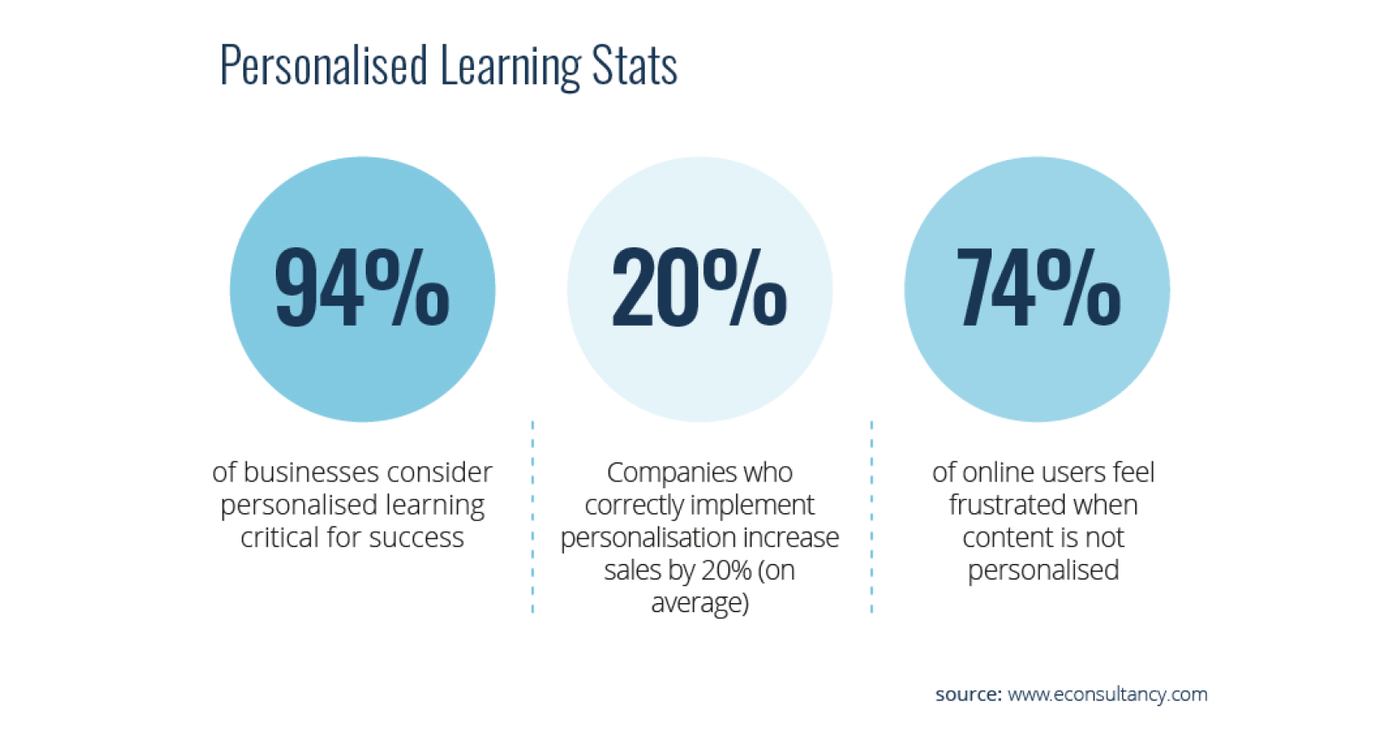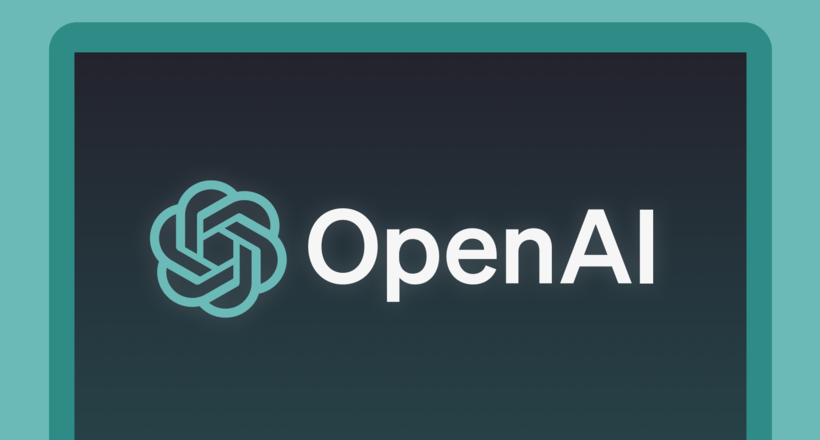10 Vital Requirements for LMS: A Must-Have Checklist for Any Online Training Platform
In today's dynamic business landscape, organizations are increasingly turning to online training platforms, or Learning Management Systems (LMS), to enhance employee skill sets, streamline training processes, and foster a culture of continuous learning. However, the path to LMS development is not without its challenges.
In this article, we have compiled a learning management system requirements checklist that will help you to build an LMS to aid the professional development of your employees.

Top 10 Learning Management System Functional Requirements to Consider
A well-designed LMS serves as a central hub for learning and skill development. In addition, it facilitates the creation, delivery, and management of training content. To ensure that the LMS meets the needs of both learners and instructors, several key learning management system requirements must be considered during the development process:
The LMS should seamlessly integrate with other learning tools and systems, such as authoring tools, assessment platforms, and content repositories. This integration allows for a streamlined workflow, eliminating the need for duplicate data entry and ensuring compatibility across various platforms.
Ease of use for both learners and instructors
Both learners and instructors should be able to navigate the LMS platform with ease, regardless of their technical expertise. An intuitive interface, clear instructions, and readily available support resources are crucial for maximizing user adoption and engagement.
Ability to integrate with other learning tools and systems
The LMS should seamlessly integrate with other learning tools and systems, such as authoring tools, assessment platforms, and content repositories. This integration allows for a streamlined workflow, eliminating the need for duplicate data entry and ensuring compatibility across various platforms.
Scalability and flexibility to meet the needs of growing organizations
As organizations grow and evolve, their training process must change. The LMS should be scalable to accommodate increasing user numbers and evolving training requirements. Additionally, the LMS should be flexible enough to adapt to various learning styles, preferences, and organizational structures.
Comprehensive content management for learners and instructors
The LMS should allow the management of a wide range of training content, including text-based materials, multimedia files, and interactive simulations. It should also support multiple content formats and provide tools for organizing, storing, and delivering content effectively.
Assessment and reporting tools for progress tracking
The LMS should include comprehensive assessment tools to evaluate learner progress and measure the effectiveness of training programs. These tools allow for a variety of assessment formats, such as quizzes, assignments, and simulations, and provide detailed reporting capabilities to track individual and group performance.
Collaboration features to facilitate group learning
The LMS should foster collaboration and communication among learners, instructors, and subject matter experts. This can be achieved through discussion forums, chat tools, and social networking features, enabling learners to share ideas, seek guidance, and build a sense of community.
Mobile version to ensure access from anywhere
Learners should be able to access the LMS and its content from any device, including smartphones, tablets, and laptops. Mobile compatibility ensures that training is accessible anytime, anywhere, fostering a culture of continuous learning.
Solid data security and privacy
The LMS should adhere to stringent data security and privacy standards to protect sensitive learner and organizational information. This includes measures such as access control, encryption, and compliance with relevant data privacy regulations.
Accessibility features for all learners
The LMS should be designed to accommodate learners with disabilities, ensuring equal access to training opportunities. This may include features such as alternative text for images, compatibility with assistive technologies, and support for different learning styles.
Customization and branding options
The LMS should allow for customization to match the organization's branding and reflect its unique culture and values. This can be achieved through custom themes, logos, and color schemes, creating a cohesive learning environment that aligns with the organization's identity.
LMS Development Requirements
When trying to build a learning management system on their own, business owners often face a myriad of obstacles that significantly hinder the process. Let’s take a look at some of the most vital LMS development requirements first:
- Defining clear objectives. The first hurdle to overcome is establishing well-defined objectives for the LMS. Often, businesses rush into LMS implementation without a clear understanding of what they hope to achieve. This lack of clarity can lead to an ineffective LMS that fails to align with the organization's goals and training needs.
- Content creation requirements. Developing high-quality, engaging training content is a significant challenge for many businesses. Creating content from scratch can be time-consuming and resource-intensive, and sourcing external content can be costly.
- Ensuring user adoption and engagement. A common pitfall in LMS implementation is user apathy. If employees don't find the LMS platform user-friendly, relevant, and engaging, they are less likely to use it.
- Integrating with existing systems. Many organizations already have established systems for employee management, payroll, and performance tracking. Integrating the LMS with these systems can streamline data management and eliminate the need to keep track of data within several systems.
- Measuring and demonstrating return on investment. Quantifying the ROI of an LMS can be challenging, as training programs often have a long-term impact on employee performance and organizational outcomes.
Despite the learning management system functional requirements, it is definitely beneficial for businesses to have an effective LMS in place. In turn, a successful LMS implementation is achieved by following the LMS requirements checklist.
Documenting LMS Requirements
On top of all functional requirements of LMS, you will also require a set of crucial documents. They will serve as a roadmap, guiding the project from inception to completion.
These documents outline the project's objectives, requirements, and specifications, ensuring that all stakeholders are aligned and that the LMS is developed in a structured and efficient manner.
- Requirements Document (LRD). The LRD is the cornerstone of the learning management system development project, providing a comprehensive overview of the project's goals, target audience, and functional requirements. It outlines the specific features and functionalities needed to meet the organization's training objectives, ensuring that the LMS aligns with the desired learning outcomes.
- Functional Specifications Document (FSD). The FSD delves into the technical details of each LMS feature, providing detailed descriptions of how the features should work and interact with each other. It serves as a reference for developers, ensuring that the LMS is implemented as per the project's requirements.
- User interface and user experience design documents. The UI/UX design documents provide guidelines for the visual appearance and user experience of the LMS. They outline the layout, color schemes, typography, and interactive elements that will create a user-friendly and engaging learning environment.
- Testing plan and quality assurance procedures. The testing plan outlines the various testing phases and methodologies that will be employed to ensure the quality and functionality of the LMS. It defines test cases, test scenarios, and acceptance criteria to ensure that the LMS meets the specified requirements.
- Implementation plan and deployment strategy. The implementation plan outlines the process of installing, configuring, and deploying the LMS in the organization's IT environment. It defines the roles and responsibilities of various stakeholders, training requirements for end-users, and migration strategies for existing training materials.
How Agente Can Assist You with LMS Development
By partnering with Agente, businesses can leverage their expertise to develop a customized solution that aligns with their unique LMS functional requirements and organizational goals. This collaboration can streamline the LMS development process, reduce the burden on internal resources, and ensure the successful implementation of a high-quality LMS that empowers employee development and drives organizational success.
Moreover, Agente's experience in developing p2p marketplaces adds valuable insights to crafting LMS solutions tailored for diverse business environments.
Agente carries teams of dedicated professionals with extensive expertise in building learning management systems for businesses of any size. Our experts carefully study the client's LMS requirements and offer solutions that are technologically sound and compliant with industry-specific use cases.
Our specialists will also support the client in deploying the system in the field and assist in the configuration process, as well as training staff on how to use the platform. On top of that, we offer ongoing maintenance and support services should the business have issues with its LMS down the line.
If you’re looking to implement an LMS into your training process, or transform an existing LMS to LXP — let’s talk! You can drop us an email at hello@agentestudio.com, or use the contact form below the article.
















